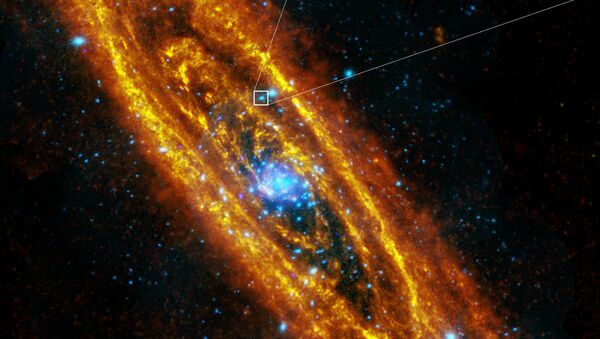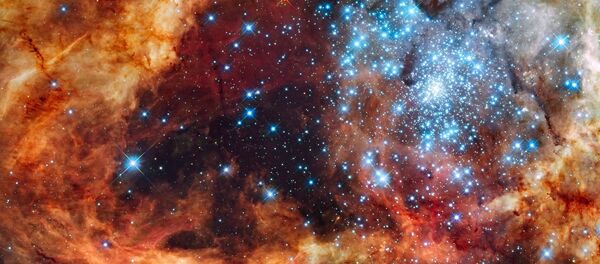Neutron stars are the remains of a once much bigger star that exploded into a supernova at the end of its life. They spin rapidly and feed off a neighboring star, which makes them spin even faster.
Constellations with neutron stars are more common in the Milky Way but with the use of the European Space Agency's (ESA) XMM-Newton X-ray telescope, astronomers have unearthed what appears to be a fast spinning neutron star in its twin galaxy Andromeda.
"We were expecting to detect periodic signals among the brightest X-ray objects in Andromeda in line with what we already found during the 1960s and 1970s in our own galaxy," says Gian Luca Israel of INAF Instituto di Astrofisica Spaziale e Fisica Cosmica in Milan, Italy.
"But persistent, bright X-ray pulsars like this are still somewhat peculiar, so it was not completely a sure thing we would find one in Andromeda.
"We looked through archival data of Andromeda spanning 2000-13, but it wasn't until 2015 that we were finally able to identify this object in the galaxy's outer spiral in just two of the 35 measurements."
The nature of the star remains unknown — but scientists believe it is unusual and exotic.
"We need to acquire more observations of the pulsar and its companion to help determine which scenario is more likely," added Paolo Esposito from the Milan institute.
The spinning neutron star could shine more light on future discoveries in the night sky.
According to Norbert Schartel, ESA's XMM-Newton Project Scientist, astronomers are "in a better position now to uncover more objects like this in Andromeda," using the ESA's special telescope "and with future missions such as ESAs next-generation high-energy observatory, ATHENA."



